Cary History: 1946 – Today

Cary, NC – The half-century after World War Two saw a gathering steamroller of growth in Cary – residential, commercial and recreational.
The Fifties and Sixties
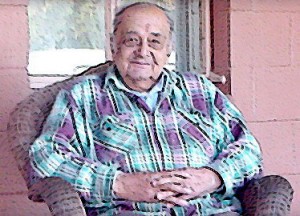
Clyde Evans
Charles Evans bought land in Cary in the 1800s, and his son Clyde bought more. In the 1950s, Clyde sold parcels to other black families when nobody else would all along Evans Road (named for the family). Clyde’s grandsons later developed Evans Estates.
In 1957, Ralph and Daphne Ashworth bought Henry Adams’ drugstore. Their son Paul still runs it today and Ralph works for him. They also opened a string of Hallmark card shops.
The first supermarket in Cary opened up in June of 1950. It was a Piggly-Wiggly at the corner of Chatham and Academy.
In 1960, a new Cary High School was built on Walnut Street. It was the first school in Wake County to be desegregated in 1963 and became a model for other schools to follow across the South.
The Seventies & Eighties
The development of Kildare Farms as a residential community was a signature event in the 1970’s. It was Cary’s first planned unit development (PUD), dwarfing the scope of anything that had come before it. Iits original plan called for 2,950 families.
The first Lazy Daze Festival was on August 24, 1977. The first organizer was our good friend Jerry Miller.
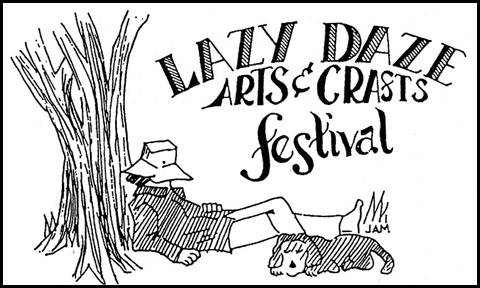
Illustration by Jerry Miler
The 1980’s saw Cary’s first Industrial Performance Districts (IPD). MacGregor Park, Weston and Regency all came online in the 1980’s, employing thousands of people and bringing an industrial tax base to the town.
Bond Park opened in 1985.
Science & Technology
Research Triangle Park’s opened in 1960 when Cary’s population was 3,400. In 1970 it had grown to 7,300, and today 140,000 people call Cary home, thanks to RTP and industry that came to Cary itself.
Born out of NCSU, SAS Institute, with its many popular business software products, became Cary’s largest employer in 1980. It is one of the largest technology companies in the world and a perennial leader on “best of” lists.
The 1990’s
Western Wake Med opened in December of 1991, giving Cary a much-needed hospital. The Cary YMCA opened less than one month later.
The Cary Water Treatment facility on Jordan Lake opened in 1993.
Preston, which had been envisioned in the 1980’s, became a success when Dr. James Goodnight, CEO of SAS, took the project under his wing. It became the town’s largest development in acreage and included the largest golf course in the Triangle.
Shopping – The Half-Billion Dollar Explosion
Both Cary Towne Center and Crossroads Plaza opened in 1991. Cary Towne Center had previously been Cary Village Mall (opened in 1979), but competition spurred the owners to suoersize the project from 325,000 square feet to 1.1 million.
Along with other retail developments in town, they increased retails sales in Cary from $15 million in 1972 to $540 million in 1992.
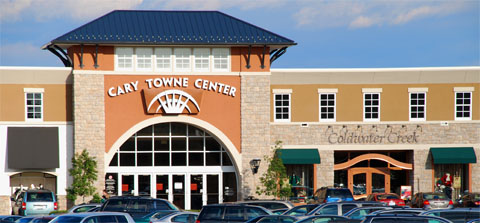
A Sense of History
The Page-Walker Hotel was restored by 1995 to become Cary’s cultural arts and history center. The Cary Heritage Museum on the third floor opened in 2000.
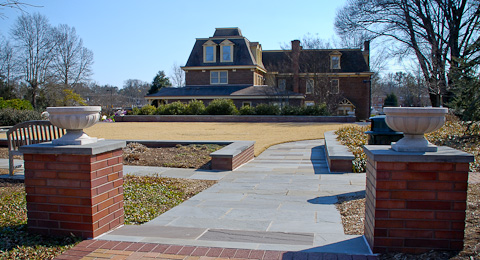
The Scope of Change
In 1970, town limits encompass one square mile. Today 55 square miles are within town limits.
In 1971, Cary had only one ball field. Now there are 22 parks, 2,300 acres of open space and 174 miles of walking trails.

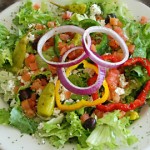
I was born in Raleigh (Rex) before Cary Wake Med was built, and I’ve lived in Cary my whole life. As a teenager, I couldn’t wait to leave, but now, I can’t imagine it. Although I have a Raleigh address, I’m in Cary often as my parents and sister live there, and I’m truly enjoying all that the town has to offer. I’m particularly enjoying downtown Cary, and over the past six months have gone to Johnson’s Jewelers, Serendipity and Blue Moon for the first times – each experience was amazing with great customer service. A favorite lunch spot for my colleagues and I is Roma’s – again, incredible food and friendly people.
Through your article, I’ve learned a bit more about the place I call home, and I feel lucky to have grown up here. Thank you!